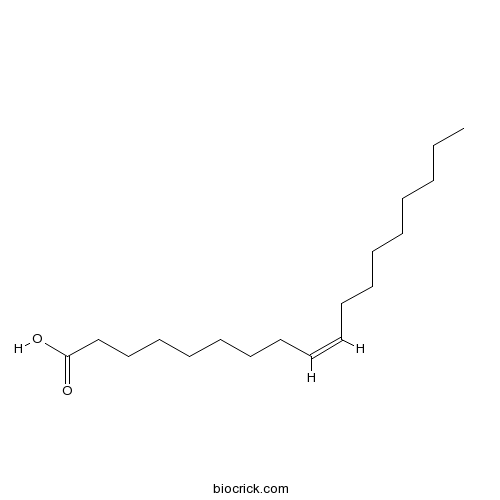Aspongopus chinensis
Aspongopus chinensis
1. The products in our compound library are selected from thousands of unique natural products; 2. It has the characteristics of diverse structure, diverse sources and wide coverage of activities; 3. Provide information on the activity of products from major journals, patents and research reports around the world, providing theoretical direction and research basis for further research and screening; 4. Free combination according to the type, source, target and disease of natural product; 5. The compound powder is placed in a covered tube and then discharged into a 10 x 10 cryostat; 6. Transport in ice pack or dry ice pack. Please store it at -20 °C as soon as possible after receiving the product, and use it as soon as possible after opening.
Natural products/compounds from Aspongopus chinensis
- Cat.No. Product Name CAS Number COA
-
BCN7159
Oleic acid112-80-1
Instructions

Bioactive compounds from the insect Aspongopus chinensis.[Pubmed: 25442305]
Recent studies focusing on unveiling the biological agents of Aspongopus chinensis have led to the identification of four new norepinephrine derivatives (1-4), three new sesquiterpenoids (5-7), and one new lactam (8). In addition, twenty-three known compounds have been identified, most of which were isolated from this insect for the first time. Selected members of insect-derived substances were evaluated for their biological activities against renal protection in high-glucose-induced mesangial cells and COX-2 inhibition.
(±)-Aspongamide A, an N-acetyldopamine trimer isolated from the insect Aspongopus chinensis, is an inhibitor of p-Smad3.[Pubmed: 24383883]
(±)-Aspongamide A (1), an unusual trimer of N-acetyldopamine (NADA) bearing a novel tetrahydrobenzo[a]dibenzo[b,e][1,4]dioxine structure, and a pair of NADA dimeric enantiomers (2) were isolated from Aspongopus chinensis. The structures of compounds 1 and 2 were assigned using spectroscopic methods. Compound 1 was found to be an inhibitor of Smad3 phosphorylation in transforming growth factor-β1 (TGF-β1) induced rat renal proximal tubular cells and suppressed extracellular matrix expression in mesangial cells under diabetic conditions.
On the structure of aspongopusin recently isolated from Aspongopus chinensis.[Pubmed: 23266734]
The 2,5-disubstituted oxazole recently proposed for aspongopusin, a natural product isolated from Aspongopus chinensis, was synthesized through an unambiguous route. The synthetic sample showed (1)H and (13)C NMR entirely different from those in the literature, revealing that the initially assigned structure was incorrect. The spectroscopic data for the given structure are thus made available for the first time.
The biosynthetic products of Chinese insect medicine, Aspongopus chinensis.[Pubmed: 22430116]
A new oxazole (1) was obtained from Chinese insect medicine Aspongopus chinensis, along with three known N-acetyldopamine derivatives (2-4). Their structures were determined on the basis of NMR and ESI-MS analyses. The possible biosynthetic pathways of the isolated compounds are discussed. Cytotoxicities of those compounds against 10 selected cancer cells were measured in vitro.


